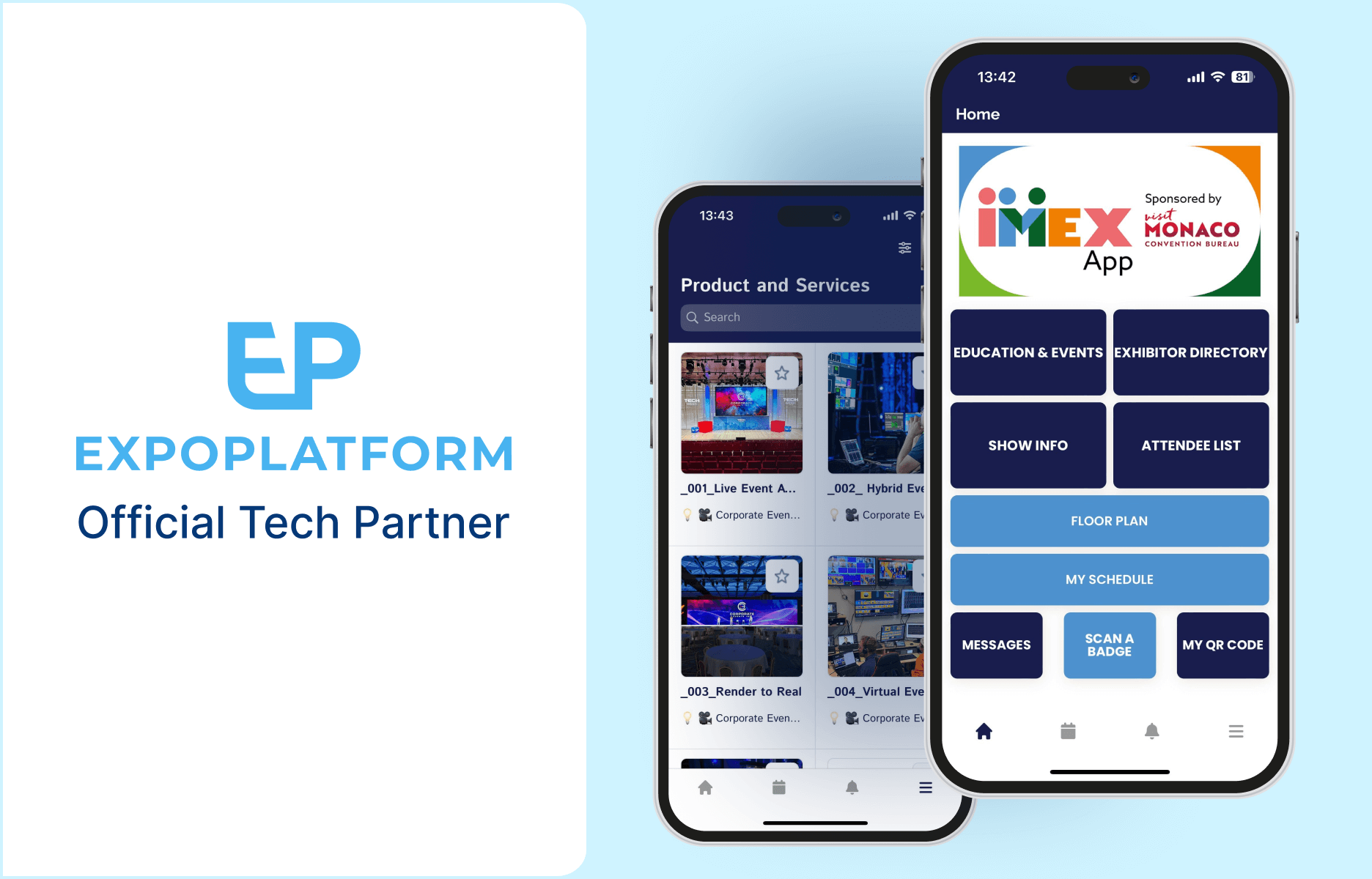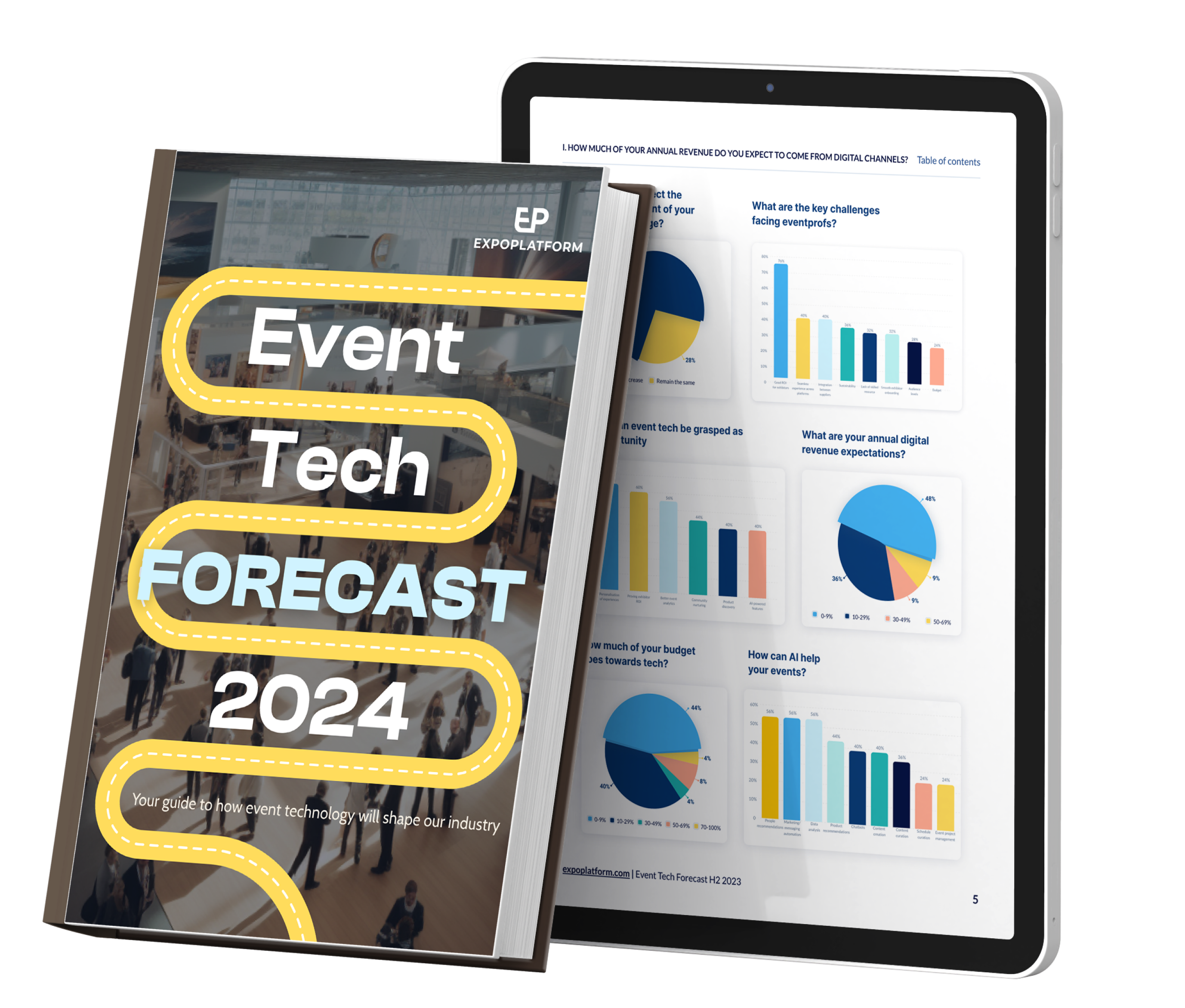
Why is Networking at Virtual Events More Effective than Live Events?
If you ask for feedback from any attendee, exhibitor or sponsor about their virtual event experience, especially online exhibitions and trade shows, you will likely get a mixed bag of responses.
Many of them will stress on the power of live events as compared to a virtual one, touting the benefits of tangible interactions, the ability to create better connections due to face-to-face networking and their eagerness to get back to meeting people in person again.
While a live event certainly provides a more immersive experience for participants, there are several ways in which networking is easier and more advantageous at virtual events.
Here are some of these benefits:
Easier to connect with participants
If you want to connect with like-minded professionals at online exhibitions, you can do so with just a click of the button. Drop them a message through the chatbox, set up a 1:1 appointment, or visit their virtual profiles. If the event uses software like AI matchmaking, you can get a list of recommendations based on your preferences and connect with a diverse pool of participants. You won’t have to scour through endless bios of speakers, industry professionals or browse lists of company profiles to network.
Easier lead generation
All contact details of participants – from email addresses to LinkedIn and Twitter IDs – are readily available at the tip of your fingers at virtual events. You no longer have to chase people for their business cards or depend on lead scanning software to capture their information. This is especially helpful when you want to build a business relationship with an industry leader who may be quite inaccessible at physical events.
Greater engagement at Q&A sessions
Compared to an in-person event, it’s easier to participate in Q&A sessions at virtual events. You don’t have to keep waiting for your chance to speak, the experts are easily accessible, and attendees of a more reticent nature can also ask questions. The level of participation is considerably higher at virtual events and this can translate to greater opportunities.
Easy to Measure
At virtual events, attendee engagement with sponsors and exhibitors can be measured to the smallest detail. With the power of data-driven analysis, one can conclude which parts of the event (sessions, virtual booths, content hub) received the maximum interest from attendees, and which required improvement. The entire attendee journey can be mapped and evaluated against different virtual event KPIs to accelerate the sales pipeline.
Comfort in interaction
Common Sense, a children’s and media advocacy organisation, conducted a study in 2018 in which (compared to 2012) in which less than one-third of teenagers said they prefer chatting with friends face-to-face.
Many of the people attending events today are digital natives; they grew up in a world connected by the internet. They are used to making and maintaining relationships online – and may even give a better account of themselves.
Conclusion
Covid-related safety protocols have a tendency to hinder free communication among attendees at physical events, reducing the chances of striking productive conversations and building business relationships. And with pandemic-led restrictions expected to remain in place for the foreseeable future, virtual events will remain a safe medium for networking among industry professionals.
There's more you might like

Events hit as UAE records heaviest rain in 75 years
Sweeping floods disrupted event operations as the UAE grappled with the most severe rainfall in nearly 75 years. The deluge led to several cancellations and postponements even as authorities acted to restore normalcy. That’s the main event story – read more about it below. Here are the full headlines of this week’s event news updates: ...

New tech features to fuel a more seamless IMEX Frankfurt
A new and improved suite of digital features will be introduced at IMEX Frankfurt to turbocharge a seamless experience for attendees. Work has been going on behind the scenes to optimize and improve tools – provided by official tech partner ExpoPlatform – for the show taking place May 14 – 16. Here’s a look at ...

Global MICE Collaborative makes a comeback
Leading event associations have re-introduced a key initiative amid a new landscape with “significant opportunity” for “fresh thinking”. The Global MICE Collaborative (GMC) – launched in 2018 – previously had to pause operations indefinitely due to the pandemic. It has now made a comeback with a range of educational and training events for meeting professionals. ...






